Introduction
White flour, derived from the milling of refined wheat grains, is a staple in many kitchens worldwide. Its versatility and ease of use make it an ideal ingredient for crafting a myriad of simple yet delightful dishes. From breakfast favorites to comfort foods, white flour serves as the foundation for countless culinary creations. This article explores the myriad of simple foods you can whip up using white flour, highlighting their preparation methods, nutritional considerations, and cultural significance. Whether you’re a seasoned chef or a novice baker, there’s something for everyone in this exploration of white flour’s culinary prowess.
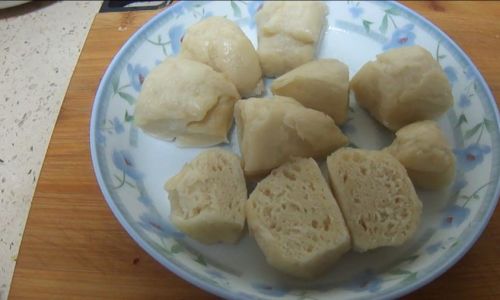
Pancakes: A Breakfast Delight
Pancakes are a timeless breakfast favorite that can be enjoyed sweet or savory. Made primarily with white flour, milk, eggs, and a touch of baking powder for lift, pancakes are a cinch to prepare and offer endless customization options. To make basic pancakes, start by mixing 1 cup of white flour with 1 tablespoon of baking powder, a pinch of salt, and 1 tablespoon of sugar (optional). In a separate bowl, whisk together 1 cup of milk, 1 large egg, and 2 tablespoons of melted butter. Pour the wet ingredients into the dry, stirring until just combined. Avoid over-mixing, which can lead to tough pancakes.
Heat a lightly oiled griddle or frying pan over medium heat. Pour or scoop the batter onto the griddle, using approximately 1/4 cup for each pancake. Cook until bubbles appear on the surface and the edges look set, then flip and cook until golden brown on the other side. Serve hot with butter, maple syrup, fresh fruit, or a dollop of whipped cream.
Pancakes are not just a breakfast staple; they are deeply embedded in various cultures, with variations like German pfannkuchen, Swedish pannkakor, and Japanese okonomiyaki showcasing the global appeal of this simple flour-based treat.
Biscuits: A Southern Comfort
Biscuits are a quintessential part of Southern cuisine, known for their tender texture and buttery flavor. Made with white flour, baking powder, a bit of baking soda, salt, cold butter, and milk, biscuits are a straightforward yet rewarding baking project. Preheat your oven to 450°F (230°C). In a large bowl, whisk together 2 cups of white flour, 1 tablespoon of baking powder, 1/2 teaspoon of baking soda, and 1 teaspoon of salt. Cut 1/2 cup of cold, unsalted butter into small cubes and add to the flour mixture. Use a pastry cutter or your hands to combine until the mixture resembles coarse crumbs.
Gradually add 3/4 to 1 cup of cold milk, mixing until the dough comes together. Do not overwork the dough; it should be soft and slightly sticky. Turn the dough out onto a lightly floured surface and knead gently a few times until it forms a cohesive ball. Pat the dough to about 1/2-inch thickness and use a biscuit cutter or the edge of a glass to cut out biscuits. Place them on an ungreased baking sheet, spacing them slightly apart. Bake for 12-15 minutes, or until golden brown.
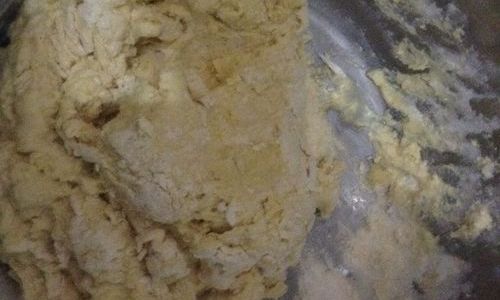
Biscuits are often served with breakfast, but they also pair beautifully with gravy, chili, or as a base for chicken pot pie. Their simplicity and adaptability make them a cherished part of American food heritage.
Pizza Dough: A Foundation for Creativity
Pizza is a beloved dish enjoyed across the globe, and making your own dough from white flour is a rewarding culinary endeavor. Start by combining 2 1/4 cups of white flour, 1 teaspoon of active dry yeast, and 1 teaspoon of sugar in a large mixing bowl. In a separate bowl, warm 1 cup of water to about 110°F (45°C) and add it to the flour mixture along with 1 tablespoon of olive oil and 1 teaspoon of salt. Mix until a shaggy dough forms, then turn it out onto a lightly floured surface and knead for about 8-10 minutes until smooth and elastic.
Place the dough in a lightly oiled bowl, cover with a damp cloth or plastic wrap, and let it rise in a warm place for about 1-2 hours, or until it has doubled in size. Once risen, punch down the dough and let it rest for another 10 minutes. Shape the dough into your desired pizza form—round, rectangular, or even stuffed—and top with your favorite sauces, cheeses, and toppings. Bake in a preheated oven at 475°F (245°C) for 10-15 minutes, or until the crust is golden and the cheese is bubbly and slightly browned.
Pizza’s versatility lies in its toppings, which can range from traditional Margherita to gourmet creations with exotic ingredients. Its popularity spans continents, reflecting the universal appeal of a customizable, communal meal.
Noodles: A Universal Comfort Food
Homemade noodles are a delightful upgrade to any pasta dish, and they’re surprisingly easy to make with white flour. Begin by combining 2 cups of white flour, 1/2 teaspoon of salt, and 2 large eggs in a mixing bowl. Gradually add 1/4 to 1/2 cup of water, mixing until the dough comes together. Knead the dough on a lightly floured surface for about 8-10 minutes until smooth and elastic. Cover the dough with a damp cloth and let it rest for at least 30 minutes.
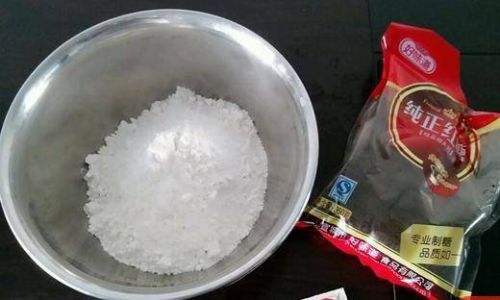
Once rested, divide the dough into portions and roll each portion out thinly, either by hand or using a pasta machine. Cut the rolled-out dough into your desired noodle shape—spaghetti, fettuccine, or even ravioli if you’re feeling adventurous. Cook the noodles in boiling salted water for 2-4 minutes, or until al dente. Drain and serve with your favorite sauce or toppings.
Noodles are a cornerstone of many cuisines, from Italian pasta to Asian stir-fries and soups. Their simplicity and adaptability make them a perfect canvas for countless flavors and textures.
Cookies: A Sweet Treat for Any Occasion
Cookies are a universal sweet treat that can be made in endless varieties using white flour. A classic example is the chocolate chip cookie. Preheat your oven to 350°F (175°C). In a large bowl, cream together 1/2 cup of unsalted butter, softened, and 1/2 cup of granulated sugar, plus 1/4 cup of packed brown sugar until smooth. Beat in 1 large egg and 1 teaspoon of vanilla extract until well combined. In a separate bowl, whisk together 1 1/4 cups of white flour, 1/2 teaspoon of baking soda, and 1/4 teaspoon of salt. Gradually add the dry ingredients to the wet, mixing until just combined. Stir in 1 cup of chocolate chips.
Drop dough by rounded tablespoonfuls onto ungreased baking sheets, spacing them about 2 inches apart. Bake for 9-11 minutes, or until the edges are golden but the centers are still soft. Allow cookies to cool on the baking sheets for a few minutes before transferring them to wire racks to cool completely.
Cookies are a perfect snack or dessert, and their variations are limited only by your imagination. From oatmeal cookies to peanut butter blossoms, they offer a sweet end to any meal or a delightful pick-me-up anytime.
Nutritional Considerations and Alternatives
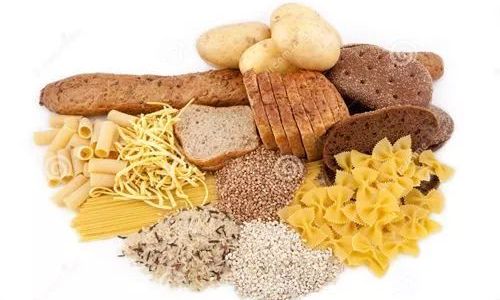
While white flour provides a blank canvas for culinary creativity, it is important to acknowledge its nutritional profile. Refined white flour has a lower fiber content and higher glycemic index compared to whole wheat flour, which may impact blood sugar levels and overall health. To mitigate these concerns, consider mixing white flour with whole wheat flour or incorporating other whole grains and fiber-rich ingredients into your recipes.
Additionally, gluten-free alternatives made from rice flour, almond flour, or other grain-free options are available for those with gluten sensitivities or preferences. These alternatives may require adjustments in liquid and binding agents to achieve the desired texture and consistency.
Conclusion
White flour, with its versatility and ease of use, is a cornerstone in the culinary world. From pancakes and biscuits to pizza dough, noodles, and cookies, it offers a foundation for countless simple yet delightful foods. Whether you’re crafting a comforting breakfast, a hearty meal, or a sweet treat, white flour provides the means to bring your culinary visions to life. As you explore these recipes and their cultural connections, remember to enjoy the process and the simple pleasures that come from creating something delicious with your hands. Happy baking!

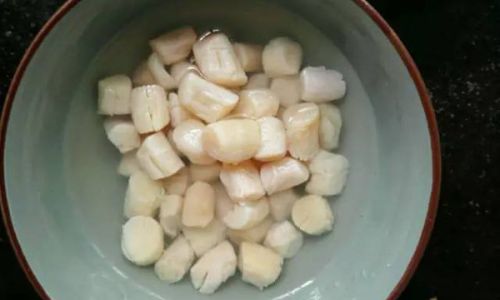
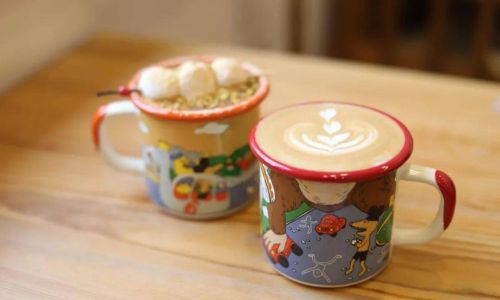
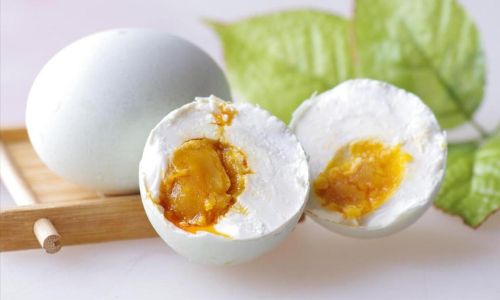
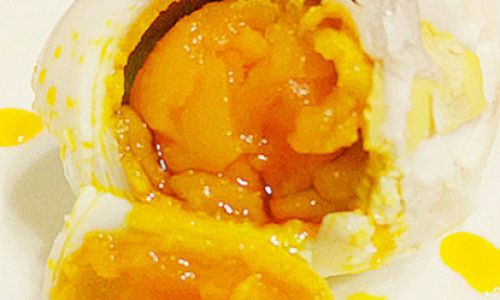

0 comments